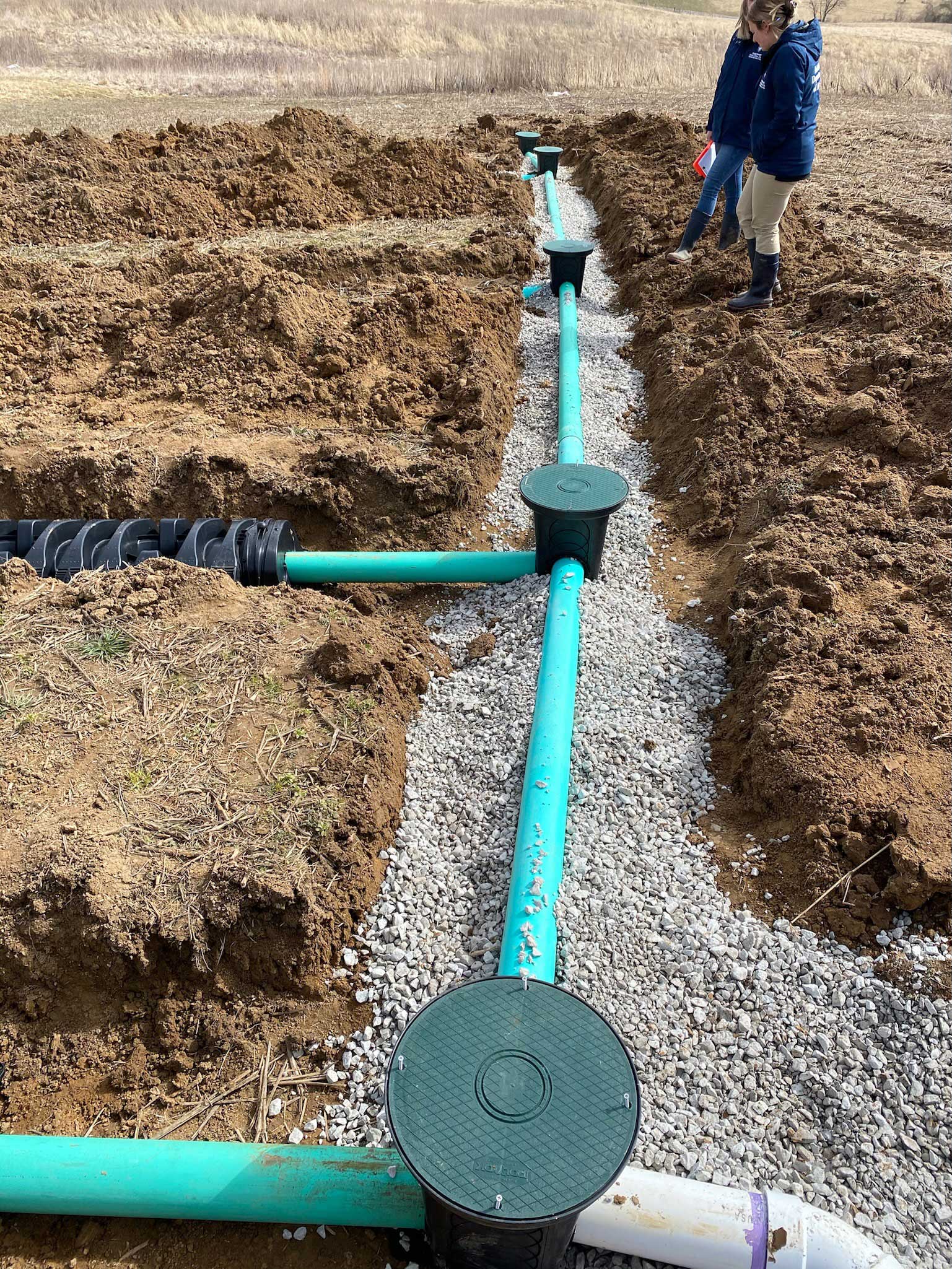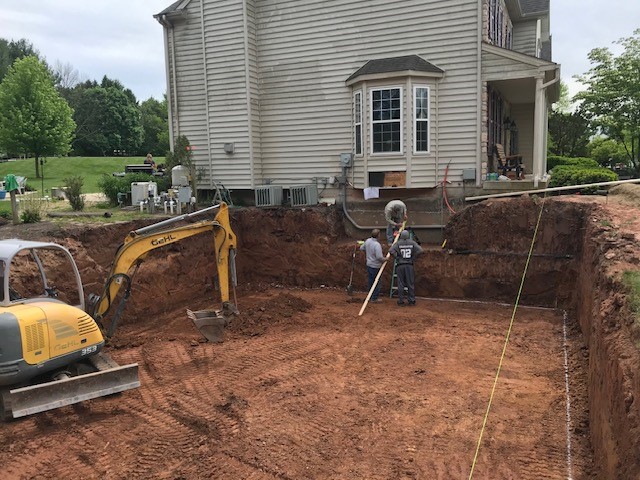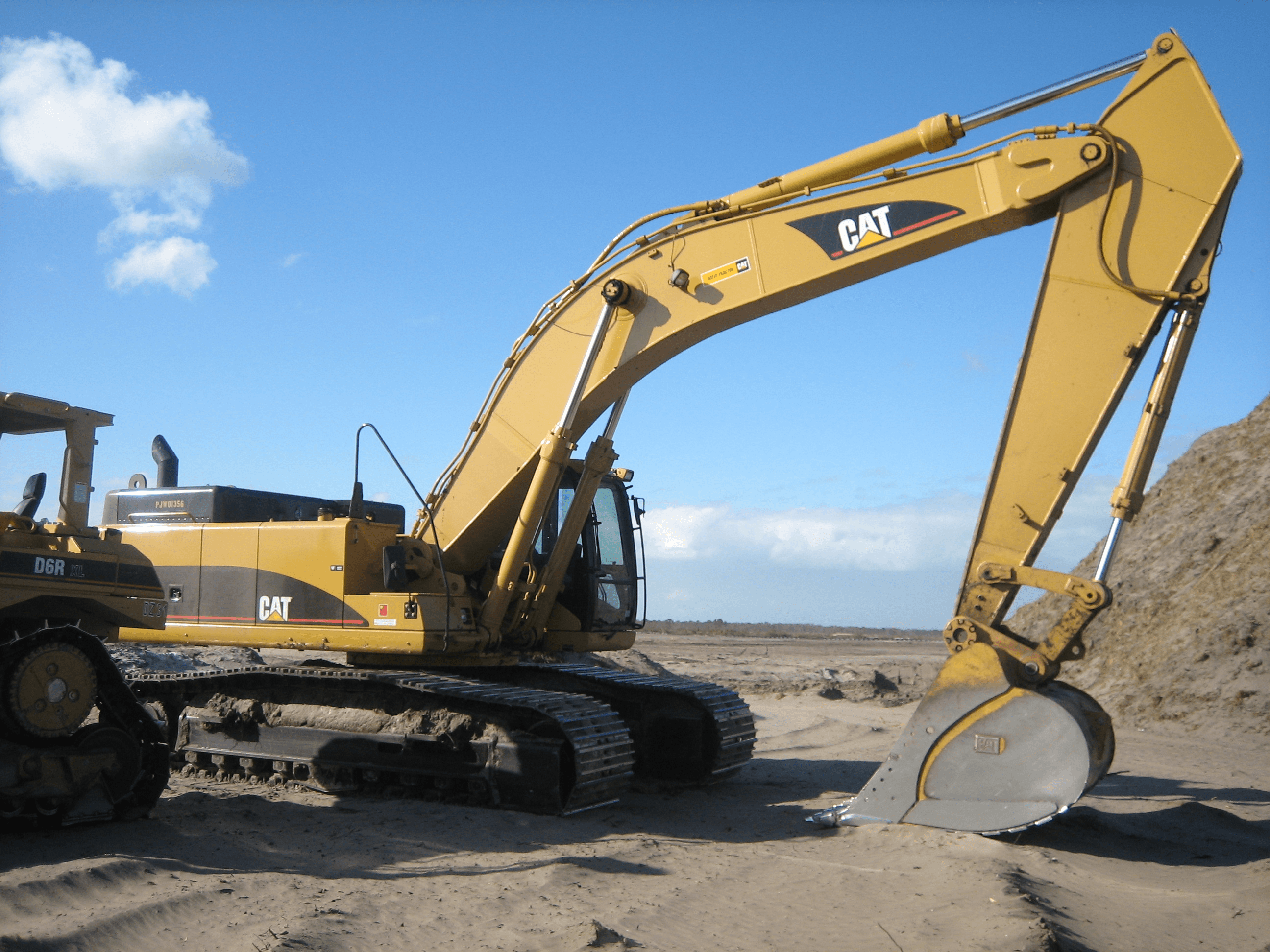Lancaster Excavation - Specialist Excavation Services in Lancaster, OH
Lancaster Excavation - Specialist Excavation Services in Lancaster, OH
Blog Article
Comprehensive Excavation Methods: Grasping the Fundamentals for Success
In the world of building and civil design, the relevance of reliable excavation methods can not be overstated. The cautious preparation, exact execution, and careful focus to detail required in excavation tasks require a detailed approach that encompasses numerous fundamental aspects. From preliminary dirt analysis to the implementation of safety and security measures and routine progress monitoring, grasping these core aspects is important for attaining success in any type of excavation undertaking. However, truth proficiency exists not merely in recognizing these basics however in perfectly incorporating them to navigate the complexities of excavation tasks with skill.
Comprehending Excavation Project Preparation

The initial stage of any type of excavation project is the preparation phase, where crucial choices are made that can dramatically influence the end result of the task. Understanding the job timeline, spending plan, and range restrictions is critical for creating a comprehensive excavation plan that guarantees the task's success.
One secret aspect of excavation task planning is the development of a detailed timeline that lays out the sequence of due dates, milestones, and tasks. This timeline acts as a roadmap for the task group, allowing them to track development and make needed changes to make certain the project remains on timetable. Additionally, a well-defined spending plan that makes up all costs, including tools service, labor prices, and materials, is vital for avoiding expense overruns and hold-ups. By carefully considering all these factors throughout the drawing board, excavation projects can be performed successfully and properly, bring about successful results.
Dirt Analysis and Website Evaluation
Conducting comprehensive soil analysis and site examination is a crucial action in the preparation stage of any excavation job. Dirt analysis involves identifying the structure, framework, and properties of the soil at the excavation site. This information is vital for comprehending the soil's bearing ability, dampness material, and potential for disintegration, which are vital aspects in determining the excavation methods and equipment required for the job.
Site assessment goes past dirt analysis and includes a broader analysis of the general website conditions. This evaluation includes identifying any type of prospective dangers, such as below ground energies, environmental problems, or unstable terrain, that might affect the excavation process. By extensively examining the website, project supervisors can create efficient excavation methods that focus on safety and security, efficiency, and environmental management.
Making use of advanced modern technologies like ground-penetrating radar, soil sampling, and drone surveys can enhance the accuracy and efficiency of soil analysis and site analysis. Investing time and resources in these initial actions can eventually conserve time and stop expensive hold-ups or difficulties throughout the excavation process.
Devices Selection and Utilization
Effective excavation jobs rely heavily on strategic equipment choice and utilization to guarantee optimum efficiency and performance. Selecting the best tools for the task is essential in making best use of performance and minimizing downtime. Aspects such as the sort of dirt, depth of excavation, and project scope play a substantial function in identifying one of the most appropriate devices for the task at hand.

In enhancement to choosing the suitable devices, proper utilization is essential to task success. Operators has to be trained to deal with the equipment securely and successfully - dump truck companies in ohio. Routine maintenance checks and prompt repair services assist prevent malfunctions and make certain regular his explanation performance throughout the task
Safety Procedures and Regulations Conformity
In the realm of excavation tasks, prioritizing precaution and conformity with policies is vital to making sure a safe and secure and legally audio functional environment. Precaution encompass an array of home methods, consisting of carrying out thorough website evaluations, carrying out appropriate signage and barriers, and providing appropriate security training for all employees associated with the excavation procedure. Adherence to laws, such as OSHA demands in the United States, makes sure that the excavation task fulfills the required requirements to protect employees, bystanders, and the surrounding environment.

Tracking Development and Adjusting Approaches
How can forecast managers properly track the development of excavation projects and adjust their techniques as necessary to optimize results? Surveillance progression is necessary for ensuring that excavation projects remain on track and meet target dates. Job supervisors can utilize various devices and techniques to track progression, such as day-to-day report card, regular site assessments, and advanced monitoring modern technologies like drones and general practitioners tracking systems. By continuously keeping track of the project's development, managers can recognize any type of potential hold-ups or concerns early and take aggressive measures to address them.

Conclusion
To conclude, mastering the basics of detailed excavation techniques is necessary for the success of any type of job. By understanding job preparation, assessing soil and website conditions, choosing appropriate tools, abiding by security policies, and keeping an eye on progression, job supervisors can make certain a smooth and efficient excavation process. Implementing these approaches will cause effective end results and lessen potential threats or obstacles during the excavation project.
The first stage of any excavation task is the planning stage, where essential decisions are made that can dramatically affect the result of the job. Understanding the job timeline, range, and budget restrictions is critical for producing a thorough excavation strategy that makes sure the task's success.
How can forecast managers efficiently track the advancement of excavation projects and adjust their approaches accordingly to optimize end results? By carefully keeping an eye on progress and being eager to adjust approaches, job supervisors can boost the total success of excavation projects.
By recognizing job planning, examining dirt and site problems, picking proper devices, complying with safety laws, and checking progress, job supervisors can ensure a effective and smooth excavation process.
Report this page